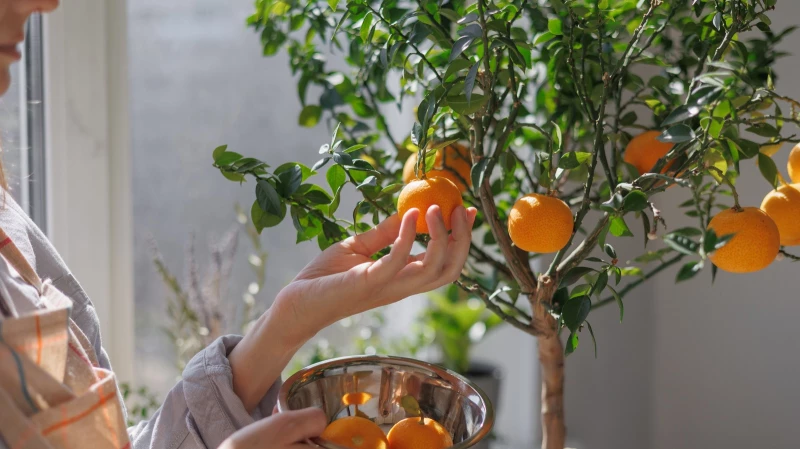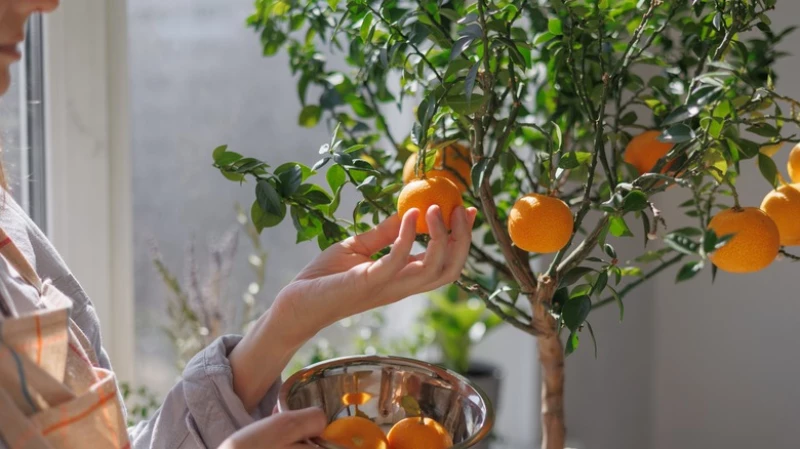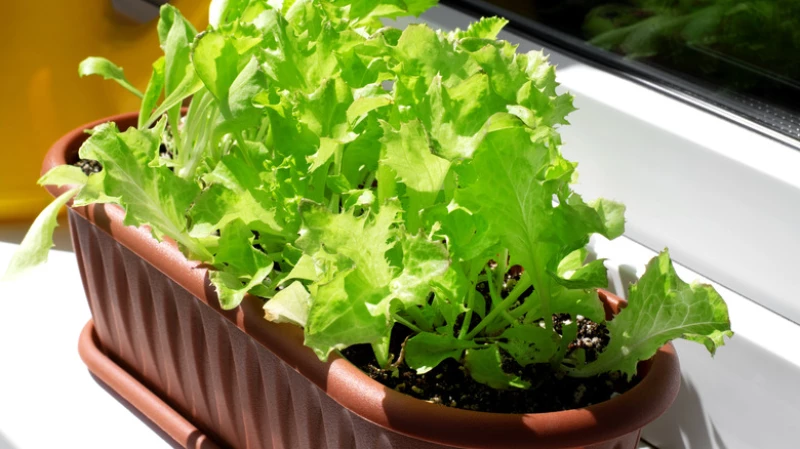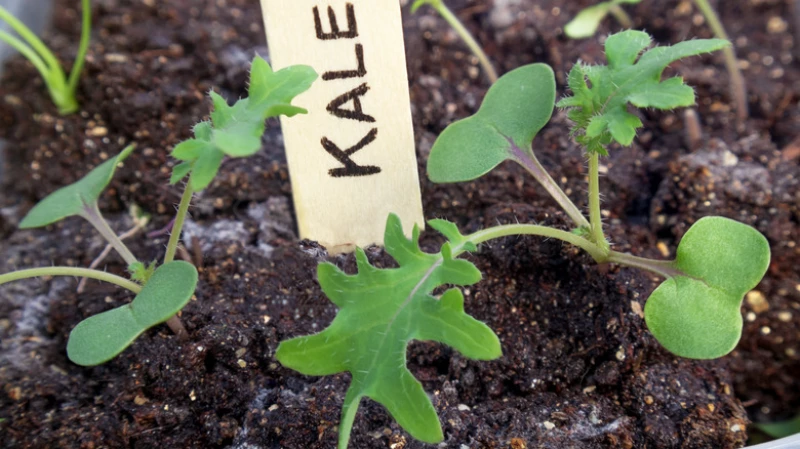Indoor Gardening: 16 Edible Plants You Can Grow Inside Your Home
Embracing gardening goes beyond just a hobby; it's a beautiful way to connect with nature and cultivate your own food source. However, if you're limited on outdoor space, you might feel like your options are restricted. The good news is that you can still grow a variety of fruits and vegetables inside your house or apartment. With the right lighting and care, you can create a flourishing indoor mini-garden. Here are 16 edible plants that thrive in indoor environments:
- 1. Basil
- 2. Mint
- 3. Chives
- 4. Parsley
- 5. Thyme
- 6. Rosemary
- 7. Oregano
- 8. Cilantro
- 9. Green Onions
- 10. Spinach
- 11. Lettuce
- 12. Microgreens
- 13. Strawberries
- 14. Tomatoes
- 15. Peppers
- 16. Carrots
For those looking to cultivate a green space in a limited area, there are plenty of small crops that can thrive with proper care. Mushrooms, spring onions, microgreens, and spinach are among the options that can flourish in a small space. These plants are relatively easy to maintain, making them suitable for novice gardeners. On the other hand, experienced gardeners seeking a challenge may find satisfaction in growing dwarf varieties of popular fruit trees. These compact versions of larger trees, when grown in containers, not only yield fresh produce but also serve as decorative elements, adding color to any space. Keep in mind that hand pollination may be necessary for some of these trees to bear fruit.
1. Lettuce
If you want to grow lettuce (Lactuca sativa), there are numerous varieties to choose from, most of which are forgiving and suitable for indoor cultivation. Lettuce can be categorized into butterhead, crisphead, loose-leaf, and romaine types. To grow lettuce indoors, use a container with moist, well-draining, slightly acidic or neutral pH soil on a windowsill. While lettuce can grow up to a foot tall and wide, its growth may be limited when grown in a container.
2. Spring onions
Spring onions (Allium fistulosum), also known as scallions or green onions, are rich in flavor and easy to grow. You can even regrow them from scraps by placing a cut spring onion in water until it develops roots, then transferring it to sandy or loamy soil in a sunny location. When fully grown, spring onions can reach heights of up to 3 feet and widths of 2 feet.
3. Mushrooms
Mushrooms are another crop that can be grown in small spaces with relative ease. Whether you choose to cultivate mushrooms, spring onions, microgreens, or spinach, these plants can thrive with proper care. Novice gardeners will find them easy to maintain, while experienced ones may enjoy the challenge of growing dwarf varieties of fruit trees in containers for fresh produce and decorative appeal.
There are so many species of mushrooms and most of them can be grown in a house or apartment. Because mushrooms thrive in moist, darker areas, they're often grown in indoor lab-style farms. You can mimic a similar environment in a bucket with wood chips, on a log, or with a premade kit. Mushrooms grow best in the shade, so keep them out of the sun. Depending on the type, they can grow anywhere between 2 and 12 inches tall.
Enhance the nutritional value of your salads by incorporating microgreens into your diet. Microgreens encompass a variety of miniature leafy vegetables such as broccoli, swiss chard, cauliflower, radishes, and arugula. These greens sprout quickly and are easy to harvest. Typically, microgreen seeds come in a mix, allowing you to grow multiple species simultaneously. The optimal method for growing and tending to your microgreens may vary depending on the mix, but most varieties thrive in small containers that receive ample sunlight and regular watering. To create a mini-greenhouse effect, many individuals opt to cultivate their microgreens in plastic takeout containers.
Similarly to spring onions, celery (Apium graveolens) will also grow from food scraps. Place the base in water and new leafy stalks will begin to grow. Then, you can transplant them to a container and place them where they will receive at least six hours of direct sunlight. Growing celery from a base leads to quicker yields for this typically slow-growing vegetable. Celery is best grown in moist, well-draining soil with a slightly-acidic or neutral pH. This vegetable is a great choice for small spaces as it typically only grows up to 2 feet tall.
Miniature lime tree cultivars, such as the Australian finger lime tree, offer a unique and delicious twist with their oblong fruits. These smaller lime trees can be easily grown indoors, unlike their larger counterparts, and stay under 10 feet tall. Unlike traditional lime trees that can reach up to 25 feet, these dwarf species are perfect for smaller spaces. To ensure their growth, plant them in loamy, moist soil with an acidic or neutral pH, and make sure they receive plenty of direct sunlight.
Vitamin-rich kale (Brassica oleracea) thrives on a sunny windowsill. Alternatively, you can also grow them under grow lights should you lack a window with direct sunlight. Consider adding a humidity dome to create a warm and moist environment. Kale also needs loamy and moist soil with an acidic pH. Like lettuce, kale will grow up to 2 feet tall and wide. However, it is easily grown in a container for a smaller plant.
16. Spinach
Spinach (Spinacia oleracea) is another leafy green that you can cultivate inside. Though many plants grow better when started from seedlings or propagated, spinach grows best from seed. Depending on your region's temperatures, you may want to use a heat mat during the winter. However, be careful not to use one for too long as spinach does not respond well to high heat. Spinach will grow best in full sun as well as loamy and moist soil. As it remains less than 12 inches tall and wide, spinach is a great candidate for a perfect indoor garden.











